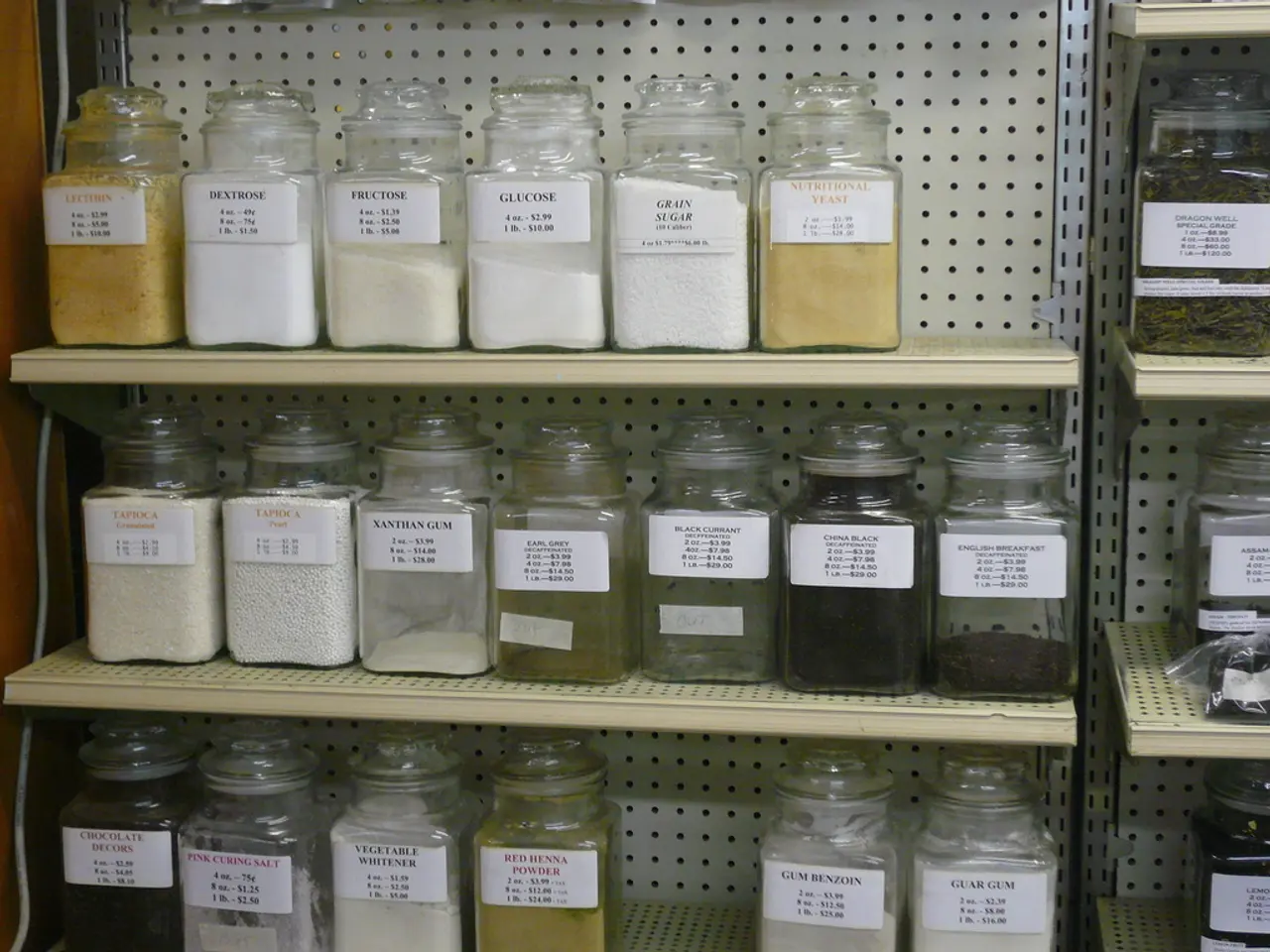Berkeley researchers suggest that Pennsylvania-New Jersey-Maryland (PJM) interconnection grid can accommodate up to 153 gigawatts (GW) of solar, wind, and energy storage capacity.
The PJM Interconnection, a leading grid operator in the United States, is navigating a significant shift towards renewable energy. With a peak load of about 160 GW on June 23, PJM is looking to expand its renewable capacity to meet growing demands, particularly driven by data center development.
PJM currently operates about 52 GW of thermal power plants with a 15% capacity factor, alongside 25 GW of solar and wind projects, which operate at 19% and 16% capacity factors, respectively. However, the loss of Inflation Reduction Act clean energy tax credits has reduced the total renewable energy and storage potential that could economically be built to about 106 GW.
In an effort to maximize the use of existing infrastructure, PJM has reformed its Surplus Interconnection Service (SIS) process, allowing a new resource to use any unused portion of an existing generating facility's interconnection service, as long as the total amount of interconnection service at the point of interconnection remains the same. This reform has been approved by the Federal Energy Regulatory Commission (FERC) in February.
One company taking advantage of this change is EDP Renewables, which has been filing SIS requests with PJM since the reformed process was put in place. EDP is considering repowering wind farms in PJM that are coming to the end of their life and may add solar and storage to them. Gigawatt amounts of new capacity, especially storage, are likely to come online using surplus interconnection capacity in the next few years, according to EDP Renewables.
The underused points of interconnection at the thermal plants could support about 74 GW of solar and 5 GW of wind by 2030. Taking advantage of these existing, but little-used, interconnection capacity could allow PJM to meet its near-term needs with solar and storage, which can be built within two years compared to up to seven years for a gas-fired power plant.
Moreover, repowered wind farms could be used to create a load-following product to sell to customers. Researchers Paliwal and Phadke have suggested improving hybrid resources' effective load carrying capacity valuation and creating a standard SIS agreement. They have also proposed allowing a retired generator to retain its interconnection rights for more than a year and developing a "heat map" showing surplus interconnection capacity.
However, not all changes have been met without controversy. Vistra Energy filed a complaint with the FERC regarding PJM's SIS reform and plans to develop new facilities with surplus interconnection capacity in the coming years.
Despite these challenges, PJM's transition towards renewable energy is underway, with the potential to significantly reduce carbon emissions and meet the growing electric demand. The key lies in optimizing the use of existing infrastructure and fostering a conducive environment for renewable energy development.
Read also:
- Gambling establishments issue warnings about potential hip and knee injuries due to risky activities
- Overnight Sanitization at Gujarat Hospital Before Prime Minister's Arrival Following Bridge Disaster
- Implementation Underway for a New Equal Treatment Regulation in Social Security for Men and Women by the Commission
- Energy provider Enercity initiates variable pricing for electric vehicle charging stations








